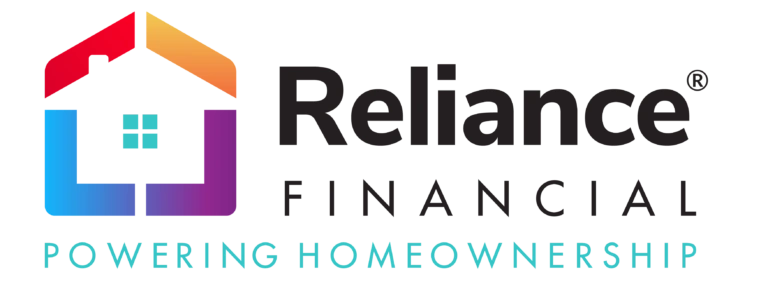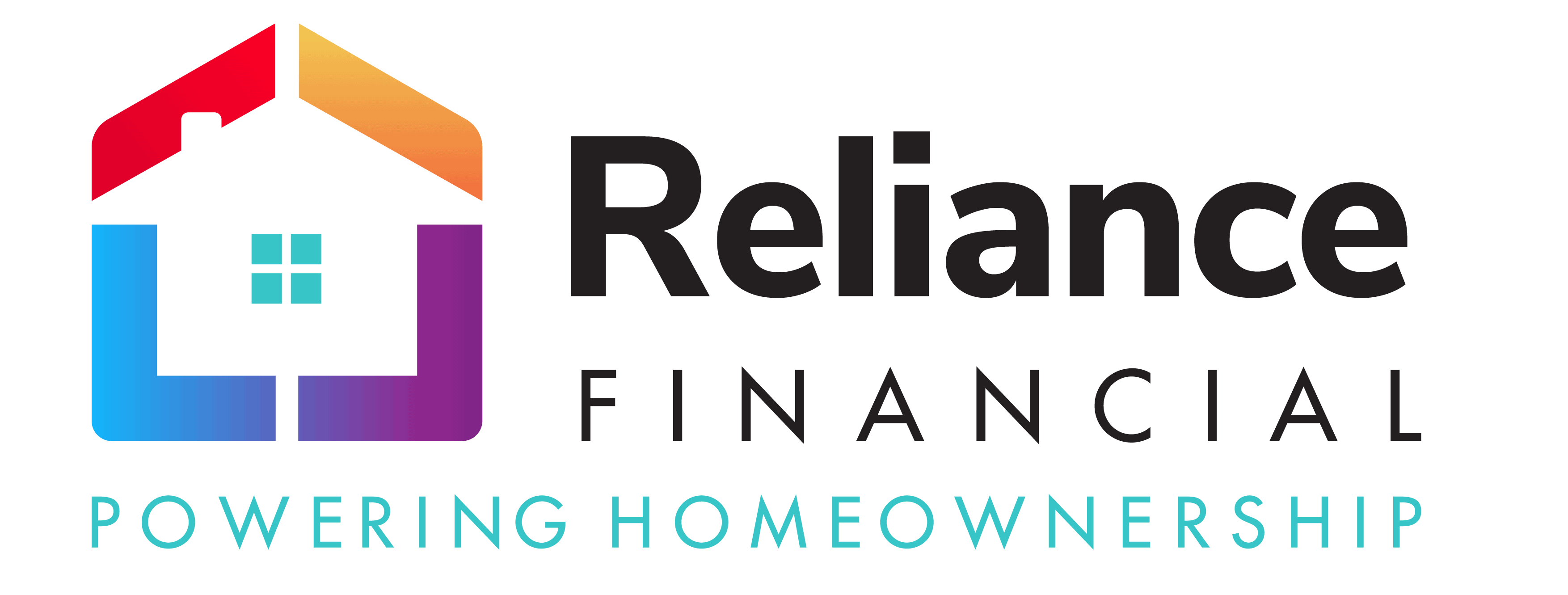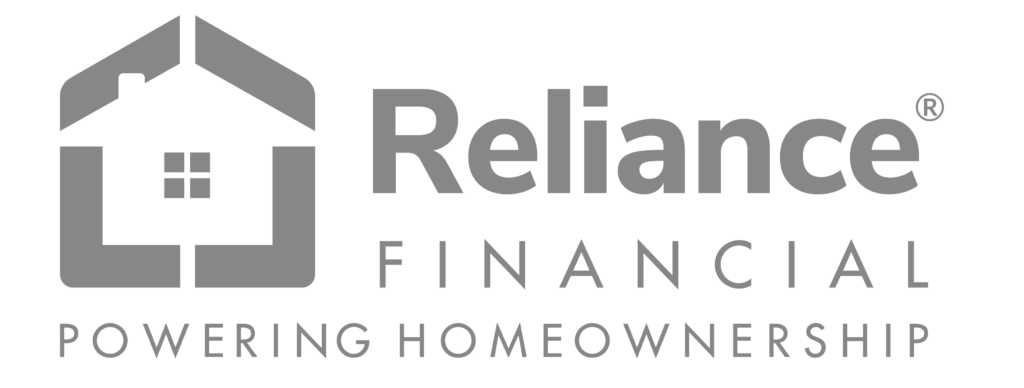Homeownership has long been a key part of the American dream, and for good reason. Owning a home offers stability, financial security, and a sense of pride. Increasing property values in recent months have created wealth for many Americans as they see their equity grow. In San Antonio, Texas, for example, the median home price in May 2022 was $304,000 up 21.6% from last year according to Redfin. Proceed further to know about today’s Mortgage Rates San Antonio.
Calculate Mortgage Interest Rates For San Antonio Using Mortgage Calculator
This makes for San Antonio to be the second-largest city in Texas and one of the hottest real estate markets in the United States. San Antonio’s real estate market is being rated as highly robust, with a score of 9.1 out of ten. Property trackers examine a variety of real estate factors, including foreclosure prices, negative equity, missed payments, and how rapidly homes are selling in comparison to past data.
However, with mortgage rates recently rising to their highest levels since 2008, home buyers need to shop for the best rates and closing costs to take advantage of the San Antonio real estate market. Mortgage rates have increased dramatically across the United States with the 30-year fixed mortgage at around 5.50 percent. For a typical family earning the median income of $54,000, this means that they would need to devote nearly 40% of their income to their mortgage payments.
From the Borrower’s and lender’s points of view
Choosing the greatest mortgage is more than just finding a mortgage lender who would give you the best rate. Obtaining a mortgage can be a lengthy, perplexing, and even emotional process. The top mortgage lenders make the complicated procedure simple for you and treat you with respect.
Securing the best rate requires effort from you. For example, you will want to enhance your credit score, figure out how much of a down payment you will need to buy your dream home, and figure out how long you’ll be in your residence in addition to searching for the best rate. This makes it a little more difficult to obtain the best rates from major mortgage providers.
Home Mortgage Options in San Antonio
Shopping for a mortgage can be overwhelming. There are so many loan options available, and it can be difficult to know which one is right for you. However, there are a few general things to keep in mind that can help you choose the ideal mortgage option for your needs. First, consider the types of mortgages available. If you’re a first-time homebuyer, you may want to look into an FHA loan. These loans have lower down payment requirements and are often more forgiving when it comes to credit scores. If you’re looking for a low-interest rate, an adjustable-rate mortgage (ARM) may be a good option. These loans start with a lower interest rate than fixed-rate mortgages, but the rate can increase over time. Keep in mind, though, that ARMs are best suited for people who plan on selling their homes before the interest rate increases.
Here is a list of all the different types of mortgage options you may be able to choose from based on your specific situation, qualifications, and personal requirements.
- Conventional Fixed-Rate
- Conventional Adjustable-Rate (ARM)
- Federal Housing Administration (FHA)
- Veterans Affairs (VA)
- United States Department of Agriculture (USDA)
- Jumbo
Ultimately, the best way to choose a mortgage option is to talk to a lender and figure out what will work best for your unique situation.
Mortgage Rates in San Antonio for Today
Mortgage rates in Virginia current as of 6/23/2022 as noted by Guaranteed Rate (https://www.rate.com/mortgage-rates ) are listed below. The rates below may or may not represent market conditions. We cannot guarantee the rates listed below and your rate may be different. To receive a customized rate quote, please click here. Our rate assumptions can be seen here.
Loan Type Rate APR
Conventional 5/6 SOFR ARM 5.000% 4.217%
Conventional 10/6 SOFR ARM 5.125% 4.626%
Conventional 7/6 SOFR ARM 5.125% 4.380%
Conventional 30-Year Fixed 5.500% 5.657%
FHA 30-Year Fixed 4.875% 5.978%
Conventional 15-Year Fixed 4.500% 4.801%
Things to Understand Before Applying for a Mortgage
When it comes to mortgages and interest rates, many factors come into play. As a result, you should be informed of a few key considerations before applying for a loan.
1. Difference between the Interest Rate and the APR:
Understanding the distinction between the rate of interest and the annual percentage rate (APR) is crucial. The cost of borrowing on your mortgage loan is the interest rate or the Note rate. This rate does not account for any costs you could pay to get the loan. The APR on a mortgage loan is a more comprehensive indicator of your borrowing cost as this includes the Note rate and all the fees related to obtaining the mortgage. The following factors can be taken into account by APR.
- Rate of Interest
- Origination costs
- Closing fees of an agent
- Discount points
- Application Fee
- Processing Fee
- Other fees depend upon the specific transaction
APR is often higher than the rate of interest on your standard fixed-rate mortgages. You can compare mortgage offers with the help of APR. However, be aware that lenders’ methods for calculating APR may vary so check for details on the closing fees and compare carefully across lenders.
2. Rate Lock:
A rate lock ensures a fixed interest rate for a predetermined time, usually between 30 and 60 days. Given that mortgage rates can change daily, rate locks are a crucial step in the mortgage application process. To be eligible for a rate lock, buyers must be under contract. Once it is completed, the timing can change based on several variables, such as the type of mortgage, the general state of the economy, and more.
3. Discount Points:
By earning discount points, homeowners can reduce their interest rates. You essentially pay interest upfront when you buy discount points so that you can get a lower rate throughout the loan. Borrowers who want to keep their home for an extended duration typically benefit more from points. Your mortgage lender can assist you in figuring out the break-even point for buying discount points or whether points are even necessary for your circumstance.
Conclusion
We can help you find the best house mortgage for your circumstances, whether you’re buying your maiden home, your permanent home, or a financial asset. If you have any inquiries regarding acquiring a mortgage in San Antonio, Reliance Financial is available to help.
If you’re in the market for a new home, or if you’re considering refinancing your current home, we can help you get the best deal on your mortgage loan. At Reliance Financial we work with a variety of lenders to find the lowest mortgage rates and closing costs for homebuyers and homeowners. Whether you’re buying a new home or refinancing your existing home, we can save you money on your mortgage loan. Contact us today to learn more about our mortgage financing options.
People Also Ask:
Q1: How to acquire Mortgage in San Antonio?
If you are willing to buy your own home or refinance your current home in San Antonio, TX, you could be considering a mortgage loan. Although each borrower’s credit history is unique, here are a few suggestions to help you get the best rate:
- Shop around: While getting quotes from a few various lenders is the best method to guarantee that you get the best rate, your present lender is a wonderful place to start.
- Give every lender the same information: Make sure to provide identifying information to all lenders while you are shopping around. Making apples-to-apples evaluation between quotations will be simple as a result.
- Gather at least three quotes: When you examine the range of available rates, getting several quotations can help you decide which option is ideal for you.
Q2: How high will my closing costs be?
A portion of the home’s purchase price is used for closing fees. This implies that the closing expenses will be higher than the price of your home. Closing fees can range from 2-5 percent of the purchase price. So, for example, on a home purchase price of $130,000, you will be looking at $2,600 to $6,500 in closing costs. The total cost is determined by local taxes and legislation, professional service costs, and many aspects relating to your home and property.
On the day your loan closes, your closing costs shouldn’t sound surprising to you. Within three days of receiving your mortgage application, your lender is required by law to give you an estimated loan amount or a thorough breakdown of your expected closing costs.
Q3: What kind of charges can I expect while finalizing the mortgage?
Here are some of the fees that may be included in your closing costs:
- Application
- Appraisal
- Attorney
- Closing fee or escrow fee
- Credit check
- Discount points
- Escrow deposit
- Home inspection
- Homeowners insurance
- Lender’s policy title insurance
- Origination
- Pest inspection
- Prepaid interest
- Primary Mortgage Insurance (PMI)
- Processing
- Title fees
- Transfer taxes
- Underwriting fee








